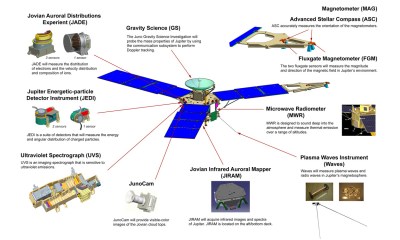Looking back on the trajectory leading to Project Apollo and the resulting Moon missions, one can be forgiven for thinking that this was a strict and well-defined plan that was being executed, especially considering the absolute time crunch. The reality is that much of this trajectory was in flux, with the earlier Project Gemini seeing developments towards supplying manned space stations and even its own Moon missions. [Spaceflight Histories] recently examined some of these Advanced Gemini concepts that never came to pass.
In retrospect, some of these seem like an obvious evolution of the program. Given both NASA and the US Air Force’s interest in space stations at the time, the fact that a up-sized “Big Gemini” was proposed as a resupply craft makes sense. Not to be confused with the Gemini B, which was a version of the spacecraft that featured an attached laboratory module. Other concepts, like the paraglider landing feature, were found to be too complex and failure prone.
The circumlunar, lunar landing and Apollo rescue concepts were decidedly more ambitious and included a range of alternatives to the Project Apollo missions, which were anything but certain especially after the Apollo 1 disaster. Although little of Advanced Gemini made it even into a prototype stage, it’s still a fascinating glimpse at an alternate reality.
Continue reading “The Advanced Project Gemini Concepts That Could Have Been”


















